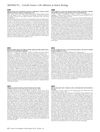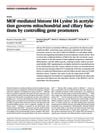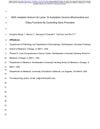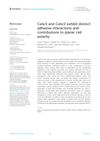RPGRIP1L Facilitates Desmosomal Adhesion Through Suppressing PKCβII-Mediated Desmoglein Endocytosis: Implication in Pemphigus
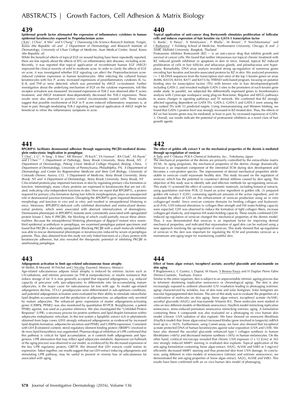
TLDR RPGRIP1L helps skin cells stick together by blocking PKCβII, which can prevent skin blistering like in pemphigus.
The document from 2016 detailed a study on the role of RPGRIP1L, a protein previously associated with primary cilia formation, in maintaining desmosomal adhesion, which is crucial for the cohesion of skin cells. The study showed that a lack of RPGRIP1L led to impaired desmosome function and skin blistering in mice, similar to the human skin condition pemphigus. It was found that RPGRIP1L deficiency increased the activity of protein kinase C beta II (PKCBII), causing abnormal endocytosis of desmoglein and mislocalization of desmosomal proteins. Inhibition of PKCBII was able to partially correct these defects. Additionally, increased PKCBII activity was observed in human pemphigus samples, and its inhibition improved desmosomal defects induced by serum from pemphigus patients, indicating that PKCBII could be a target for pemphigus treatment. The study did not specify the number of subjects involved.
